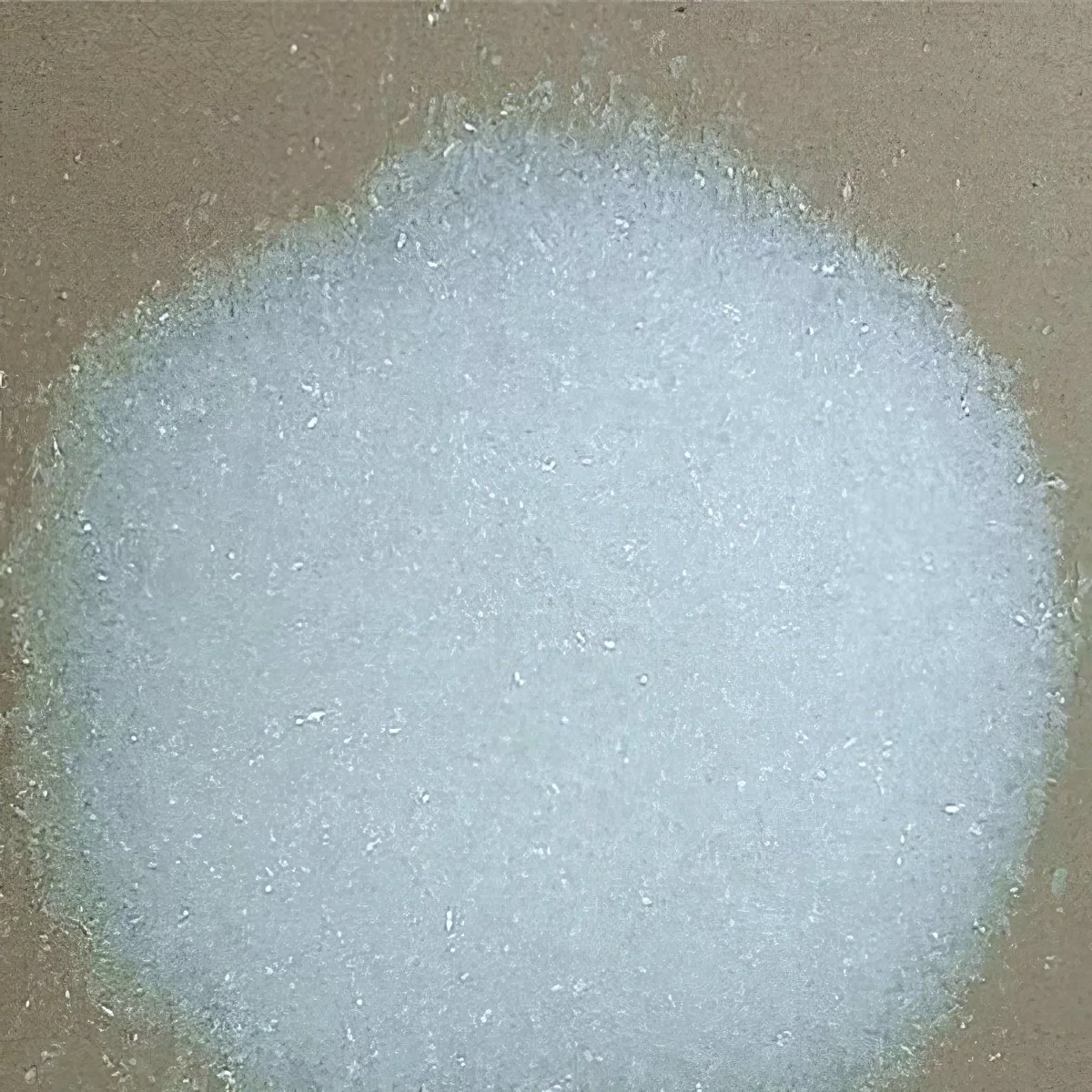



Compatibility Overview for Sodium Chlorite and Other Substances in Various Applications
Understanding Sodium Chlorite Compatibility A Comprehensive Guide
Sodium chlorite (NaClO2) is a chemical compound used predominantly as a bleaching agent, disinfectant, and in various other industrial applications. However, working with sodium chlorite necessitates an understanding of its compatibility with other substances to ensure safe and effective use. A sodium chlorite compatibility chart serves as a vital tool in this aspect, outlining which materials are safe to use in conjunction with sodium chlorite and which pose risks of hazardous reactions.
The Importance of Compatibility
The primary concern when handling sodium chlorite is its reactive nature. When exposed to certain chemicals, it can produce dangerous reactions, including the release of toxic gases, exothermic reactions, or even explosions. For this reason, it is critical to refer to a compatibility chart that categorizes materials based on their reactivity with sodium chlorite.
Common Compatibility Categories
1. Compatible Materials These are substances that can be safely stored, mixed, or used alongside sodium chlorite without causing adverse reactions. Typically, these include inert materials such as glass, certain plastics (like polyethylene and polypropylene), and metals such as stainless steel. Understanding these compatibility characteristics allows for safe handling and reduces the risk of accidents.
2. Incompatible Materials This category contains substances that should never come into contact with sodium chlorite due to the potential for hazardous reactions. For instance, mixing sodium chlorite with acids (like hydrochloric or sulfuric acid) can produce chlorine gas, which is highly toxic. Similarly, organic materials, such as flammable liquids, should be avoided as they could ignite upon contact.
3. Limited Compatibility Some materials fall into a gray area, where their compatibility is conditional. For example, certain metals might be suitable for short-term exposure but can degrade over time, leading to eventual failure of containment. It is essential to evaluate the specific conditions under which sodium chlorite will be used to determine if these materials can be safely employed.
Factors Affecting Compatibility
Several external factors influence the compatibility of sodium chlorite with other substances
sodium chlorite compatibility chart

- Concentration The concentration of sodium chlorite can greatly affect its reactivity. Higher concentrations may pose increased risks, leading to heightened sensitivity to incompatible materials.
- Temperature The temperature at which sodium chlorite is stored or used can also play a crucial role. Elevated temperatures may enhance reactivity or promote decomposition, which can further complicate compatibility considerations.
- Environmental Conditions Humidity and the presence of contaminants may also affect the stability and compatibility of sodium chlorite. It is essential to maintain a controlled environment to minimize risks.
Best Practices for Handling Sodium Chlorite
To safely handle sodium chlorite, it is advisable to follow best practices
- Use Personal Protective Equipment (PPE) Always wear appropriate PPE, including gloves, goggles, and masks, to protect against potential exposure. - Refer to Compatibility Charts Before using sodium chlorite, consult updated compatibility charts to verify the safe handling and storage of the chemical in conjunction with other substances.
- Label Containers Clearly Clearly label all containers storing sodium chlorite and incompatible materials to prevent accidental mixing.
- Provide Adequate Training Ensure that all personnel are trained on the hazards associated with sodium chlorite and understand the importance of using compatible materials.
Conclusion
In summary, understanding the compatibility of sodium chlorite is crucial for safe and effective use in various applications. By consulting compatibility charts, recognizing the risks of incompatible materials, and adhering to best practices, individuals and organizations can mitigate hazards and ensure safe handling. As with any chemical, informed decision-making is key to preventing accidents and promoting safety in the workplace.
-
Why Sodium Persulfate Is Everywhere NowNewsJul.07,2025
-
Why Polyacrylamide Is in High DemandNewsJul.07,2025
-
Understanding Paint Chemicals and Their ApplicationsNewsJul.07,2025
-
Smart Use Of Mining ChemicalsNewsJul.07,2025
-
Practical Uses of Potassium MonopersulfateNewsJul.07,2025
-
Agrochemicals In Real FarmingNewsJul.07,2025
-
Sodium Chlorite Hot UsesNewsJul.01,2025










